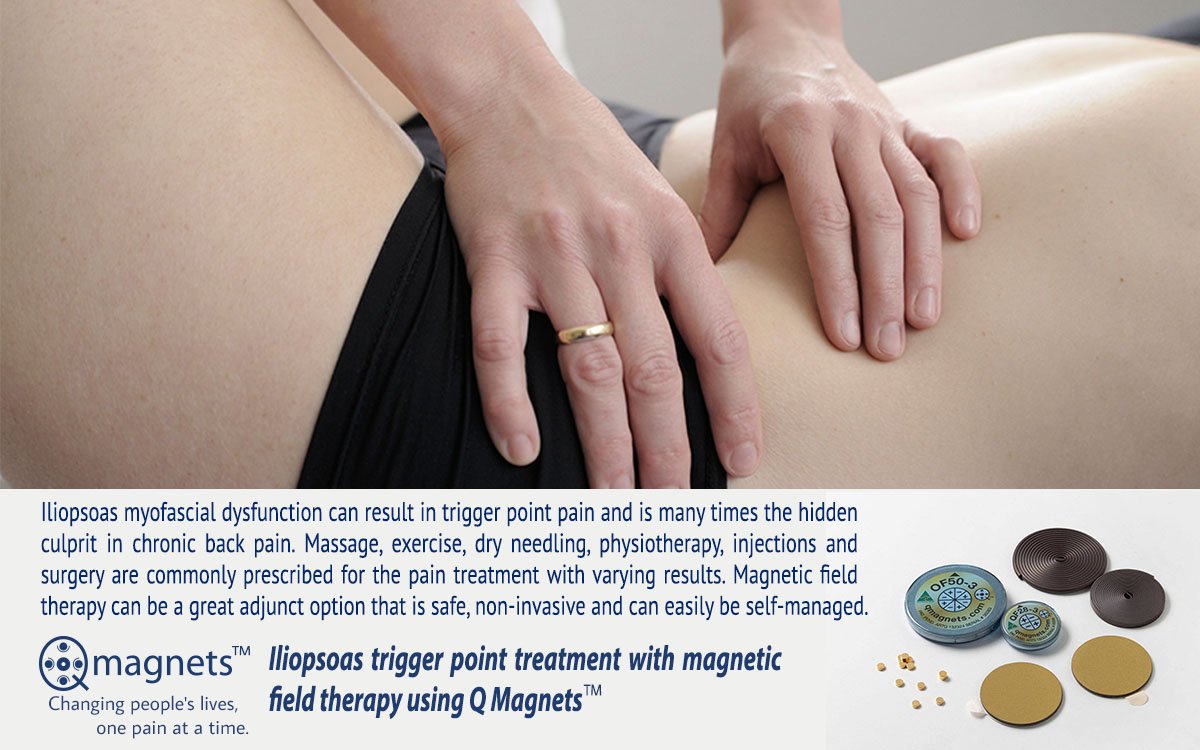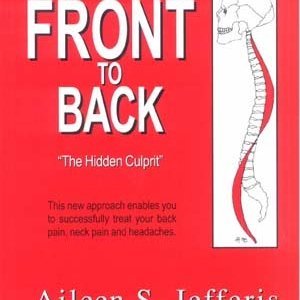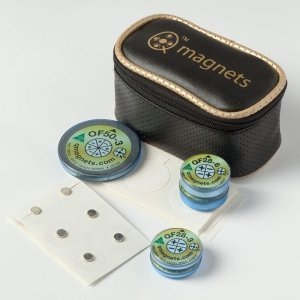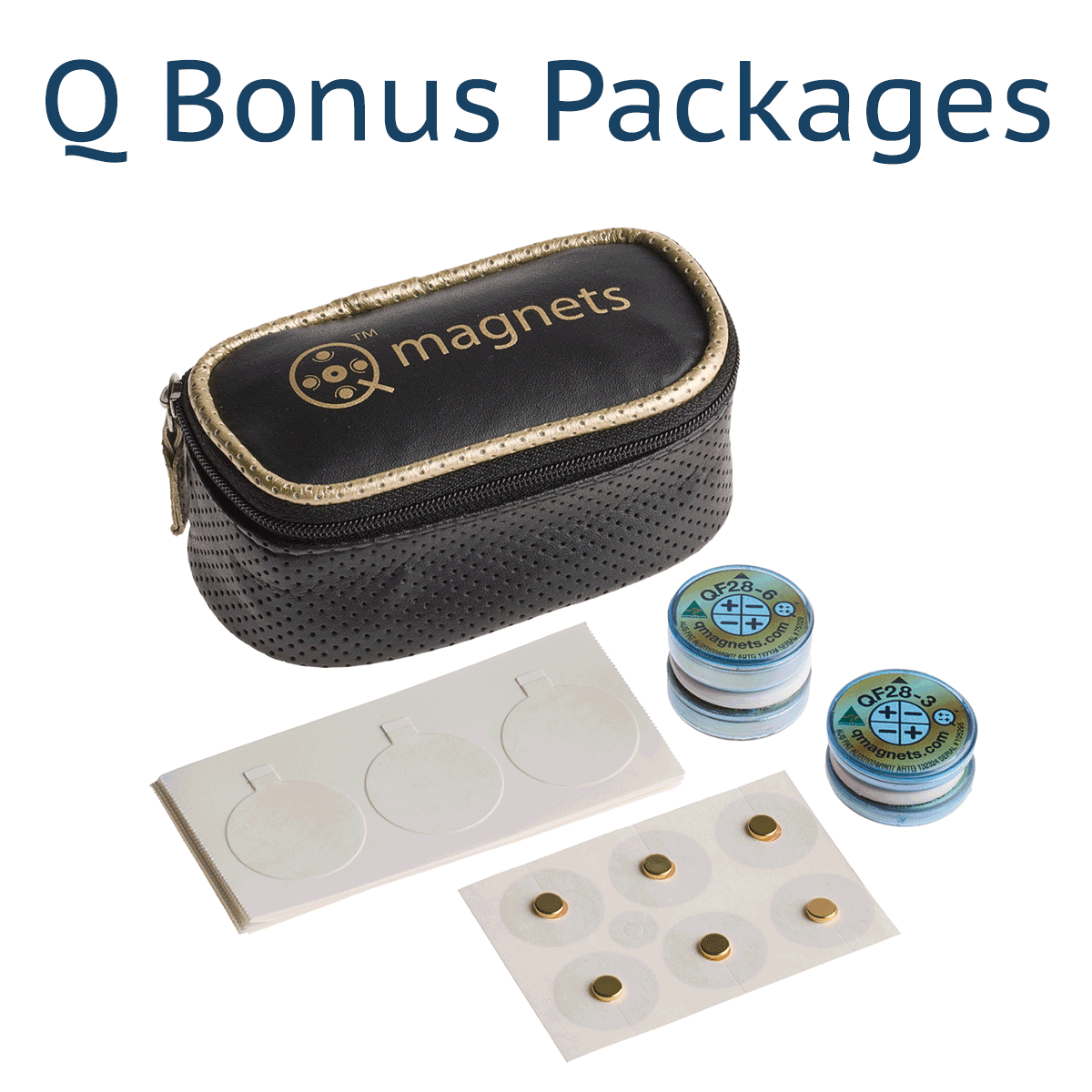Iliopsoas myofascial dysfunction can result in trigger point pain. Magnetic field therapy can be applied to find pain relief in these conditions. Let us learn more about the iliopsoas muscle and identify the trigger points for magnetic therapy application.
Iliopsoas muscles
The iliopsoas muscles are a system of two muscles – the psoas major and iliacus. These compound inner hip muscles provide flexion to the hips and are needed for standing, walking and running. They connect from front of the spine to the lower back and the hips. The psoas major which originates along T12 to L1-5 of the lower back and attaches to the hip joints. Iliacus fans out from the hip joint to the top of the pelvis.
Indications of iliopsoas myofascial dysfunction include low back pain, groin pain, front thigh pain, hip pain, scoliosis and pelvic asymmetry.
Causes can be pregnancy, ergonomic stress, repetitive strain or athletic activity, disc problems in the back, arthritis, tendinopathy and weak abdominals.
However, most people do not realize that the iliopsoas muscle is often the hidden culprit in back and thigh pain. When overloaded the iliopsoas muscle is prone to developing trigger points and becomes tighter. Trigger points are spots where the muscles meet nerves, tightness here results in severe pain. Such trigger point pain is felt as tightness in the muscle and can also be felt in other areas that the nerves connect to, also known as somatic referred pain.
Treatment of Iliopsoas pain
Massage and exercise are usually the safest and first line on defence against iliopsoas pain, just as with any other myofascial pain condition. However, these conservative therapies can often fail to provide sufficient relief to address chronic back pain or pelvic pain depending on the individual condition. Some might even need to go for injections to the trigger points for pain relief. There are surgical treatments for the many of the causes of iliopsoas pain and sometimes such treatments can lead to more problems, so it’s natural to first seek the safest options.
On the conservative side, treating trigger points with active soft tissue release has also been found to be safe and effective. Many patients came to Lifestyle Therapies, our co-founder’s clinic after seeing multiple therapists and specialists with what seemed like untreatable back pain. After trigger point therapy to release and balance the iliopsoas muscles, the pain was relieved almost instantly in many cases.
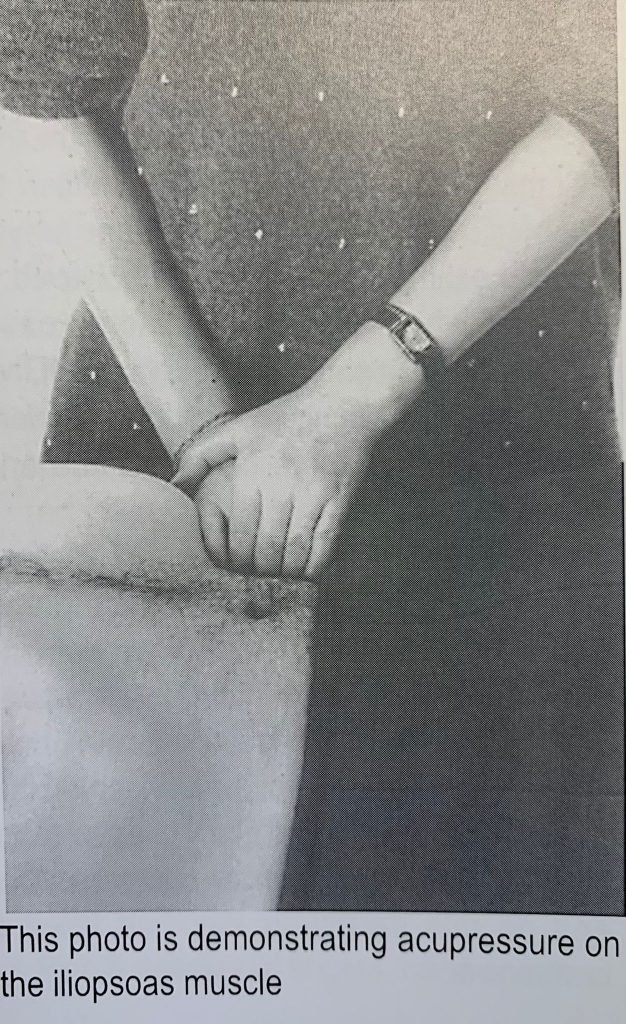
Image credit: Front To Back – The Hidden Culprit book by Aileen Jefferis 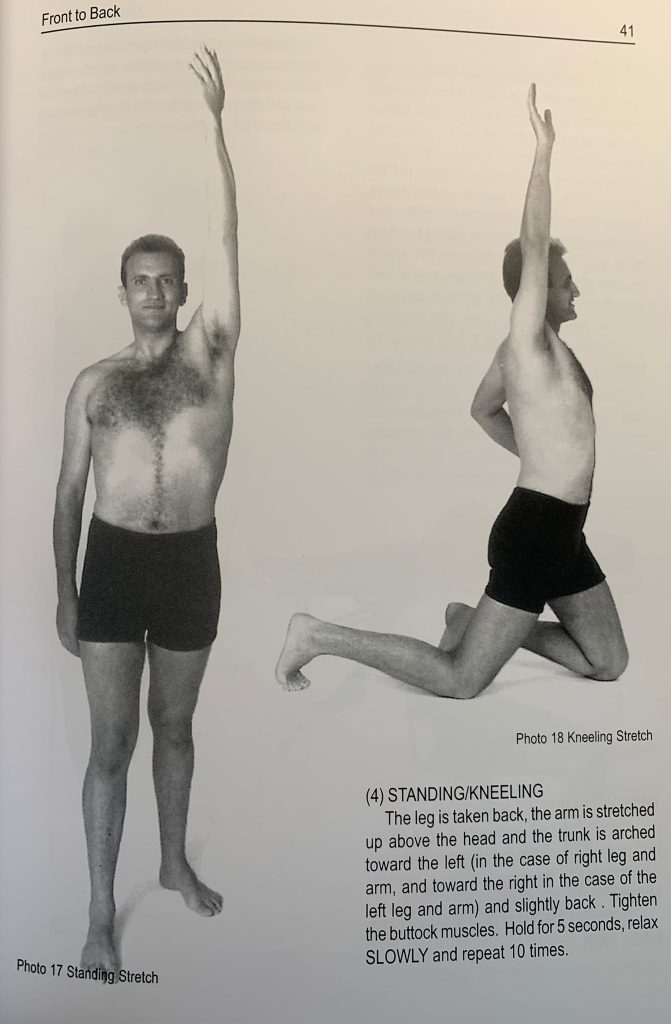
Image credit: Front To Back – The Hidden Culprit book by Aileen Jefferis
There is also a connection of the iliopsoas muscle to fatigue symptoms. The sympathetic nervous system’s main function is to keep us alert to danger and mobilise energy and resources in an emergency. Since the nerve signals of the sympathetic nervous system originate from T1 to L2, you can see where an overactive iliopsoas muscle can have an effect and use of Q Magnets. Read this article to see the important levels for the Sympathetic Nervous System and a Q Magnets case study.
Use of therapeutic magnets in trigger point therapy for iliopsoas
Traditional Chinese acupuncturists use dry needling techniques for myofascial trigger point pain which can also be good protocol for managing pain, however this treatment can be painful to endure as the needles would be inserted up to 5 cm deep. Therefore, for something that it’s quick, and can be sustainably used would be ideal to most.
Therapeutic magnets, in particular the ones we developed – the Q Magnets have a rapid action on calming down pain in oversensitive pain pathways. Used with some skill these can be just as effective needling or injections, with the benefit of being completely non-invasive and safe to use. The bioactive magnetic fields of Q Magnets can reach up to 5 cm in the body, and so they can be an adjunct treatment for iliopsoas trigger points.
Q Magnets placement on iliopsoas trigger point
The three trigger points can be seen on the diagram below with the three black crosses.
• Top Trigger Point: Can be found two finger widths either side of the belly button.
• Middle Trigger Point: Can be found by drawing a line between the belly button and the groin (inguinal canal) and it’s located half way in between.
• Lower Trigger Point: Can be found just below the groin (only half a finger width) at the top of the thigh.
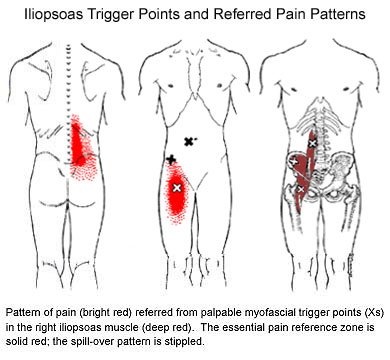
Recommended Products
This book by Aileen Jefferis is an excellent introduction to treating Iliopsoas myofascial dysfunction using trigger point therapy. You may also be interested in purchasing your own affordable Trigger Point Locator. Both these can be ordered from our website, and you also get a pair of our Q6-1.5 magnets free with the book.

